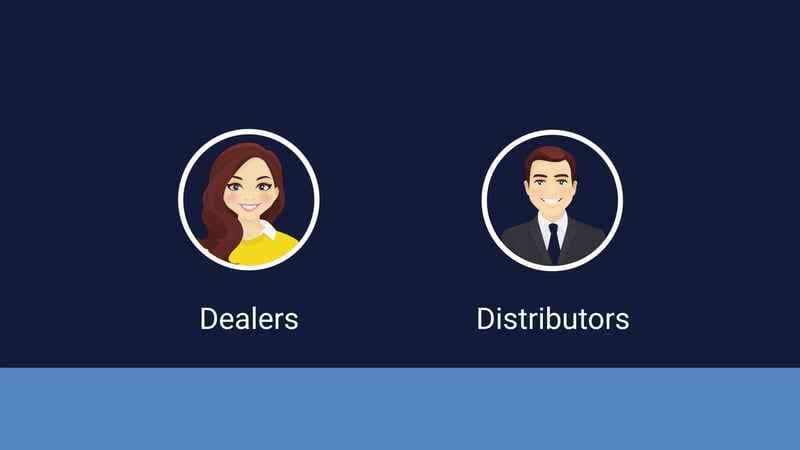Online learning ecosystems are a great way to increase knowledge and understanding among your partners, tech staff, and customers – it can also be turned into a legitimate revenue stream. Whether or not you want to make people pay for training will depend on your needs, but it’s entirely possible to use your training systems as a way to generate cash flow. If you haven’t considered how online learning could be leveraged for profit, here are some thoughts about the business side of the process.
Why Charge For Online Learning
There are a few reasons an industrial organization might choose to go this route. Obviously, simply generating cash flow would be one. Online learning can be extremely lucrative, particularly when each individual lesson only needs to be created once, but can then be sold over and over. The ROI can be considerable.
However, more often it’s used as a form of gate-keeping. If you want to have different tiers of service providers within your ecosystem, charging different rates for different levels of expert training is a great way to make this happen. This can also be used to help prevent unauthorized third parties from trying to squeeze in on your official service repair options, by keeping the most important technical information out of their hands.
A’la Carte vs Subscription
Generally speaking, you’ve got two options when it comes to payments. You can charge for each lesson individually, or you can charge a subscription for access to an entire category of training.
A’la carte is usually better when you’re targeting individuals, and subscription services are usually better when you’re targeting organizations. The real money is in getting entire partner operations to pay for several subscriptions at once, so that all their tech staff can be trained with the latest information.
On the other hand, subscriptions can also be used to keep educational prices low, if you’re looking to recruit more independent agents. If you need additional tech workers in an area you don’t have a major presence, such as when expanding internationally, you want the prices to be reasonable. It should cost enough to act as a gateway, but without barring enthusiastic would-be contractors.
Pricing Options
There’s no single rule of thumb when it comes to pricing online lessons, and prices can vary from dozens of dollars to thousands. You would simply need to consider your audience, their ability to pay, and your overall goals for your learning system.
Do you want to have only a relatively few exclusively licensed service centers, who will be able to boast of greater services than any independent contractors? Keep the prices high, higher than what an individual could pay. On the other hand, if you’re looking to expand quickly, lower prices will encourage more partners and contractors to educate themselves.
Plus, don’t overlook the value of the occasional freebie. If you have five different tiers of services your partners are allowed to provide, depending on their level of attainment, making the first tier or two free can do a lot to bring new partners into your ecosystem!
FUSE Gives You Options In eLearning
There’s no “one size fits all” solution for pricing and monetizing your online learning – and that’s why we make sure to give you plenty of options with FUSE. It’s a revolutionary free-to-access platform specifically designed to tie your digital ecosystem together, while encouraging collaboration and education across every part of your operation.
To learn about how FUSE can be leveraged to create training revenue, contact us for more details.

